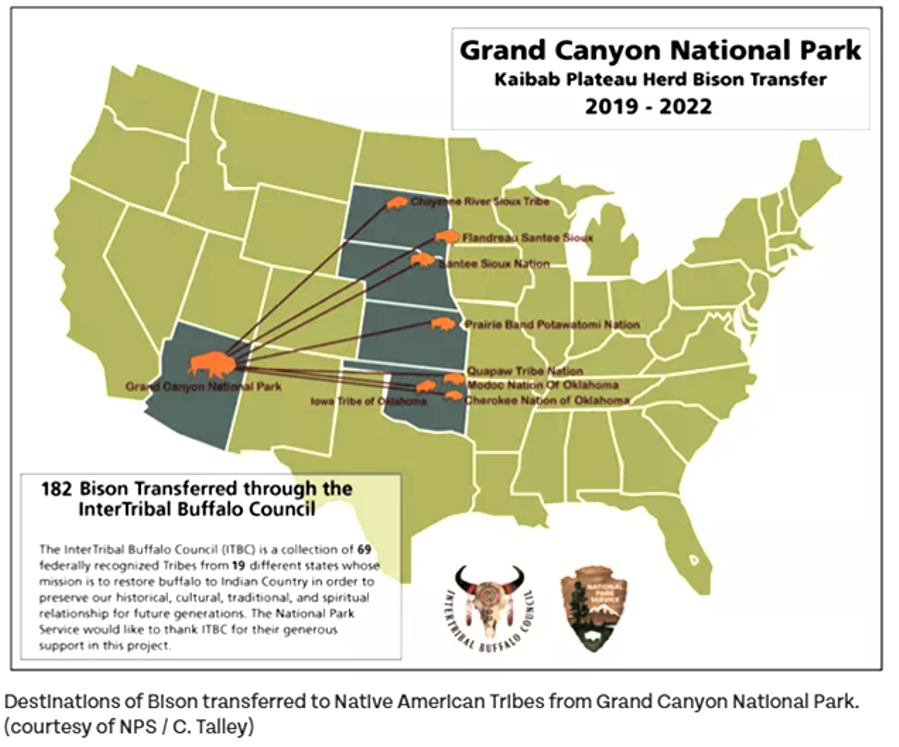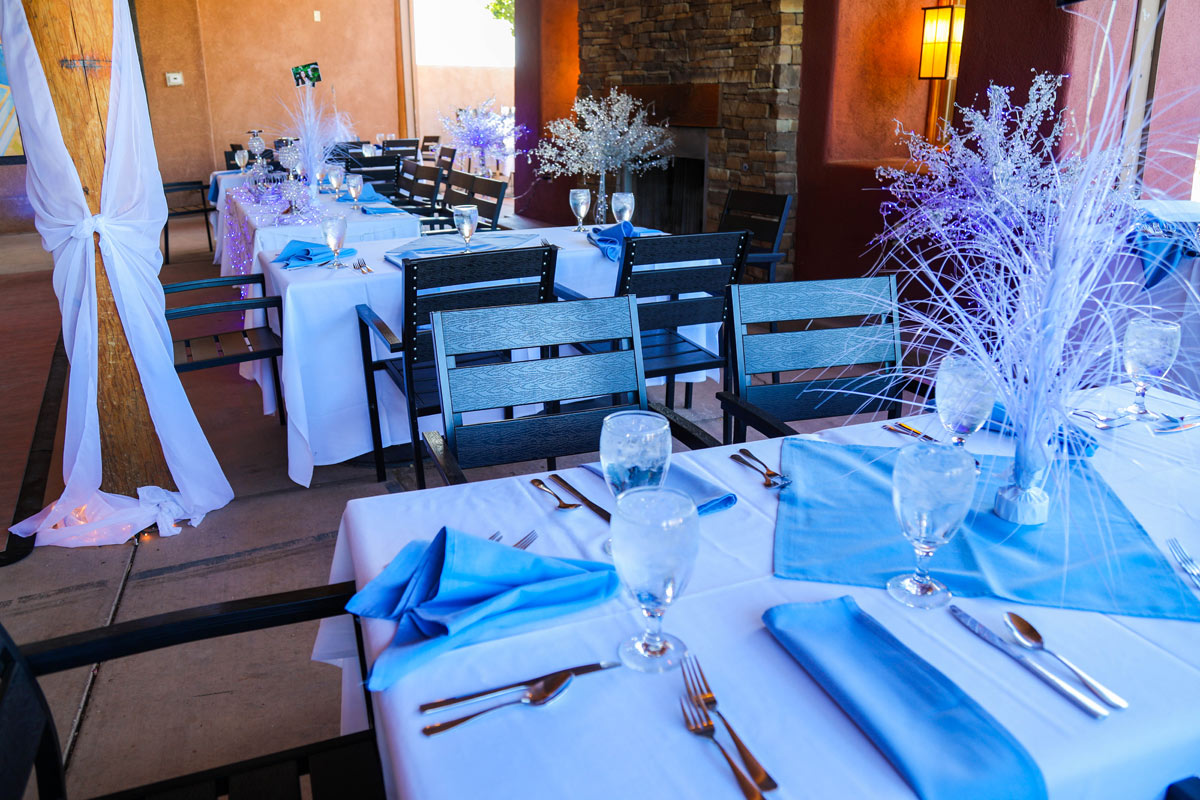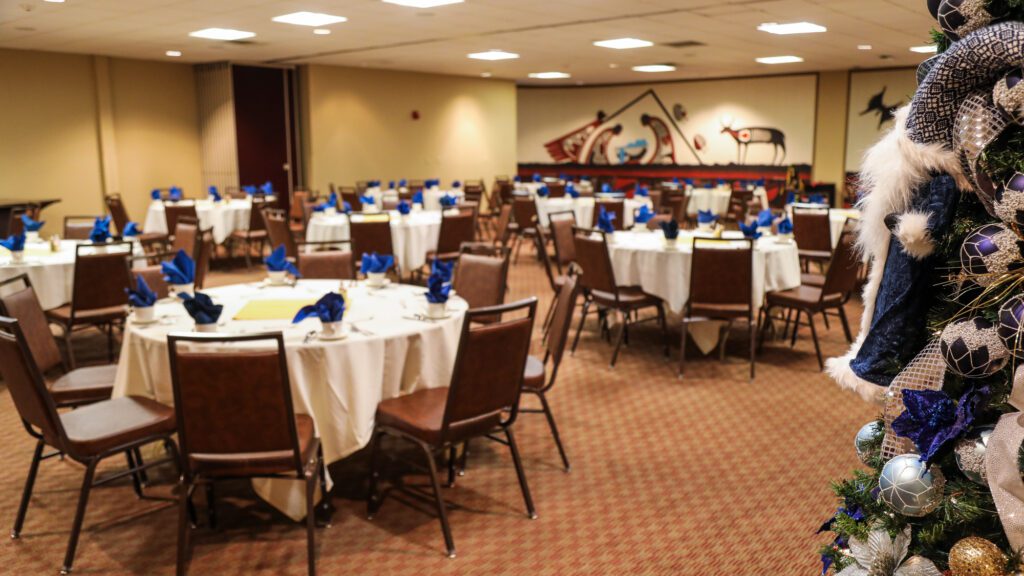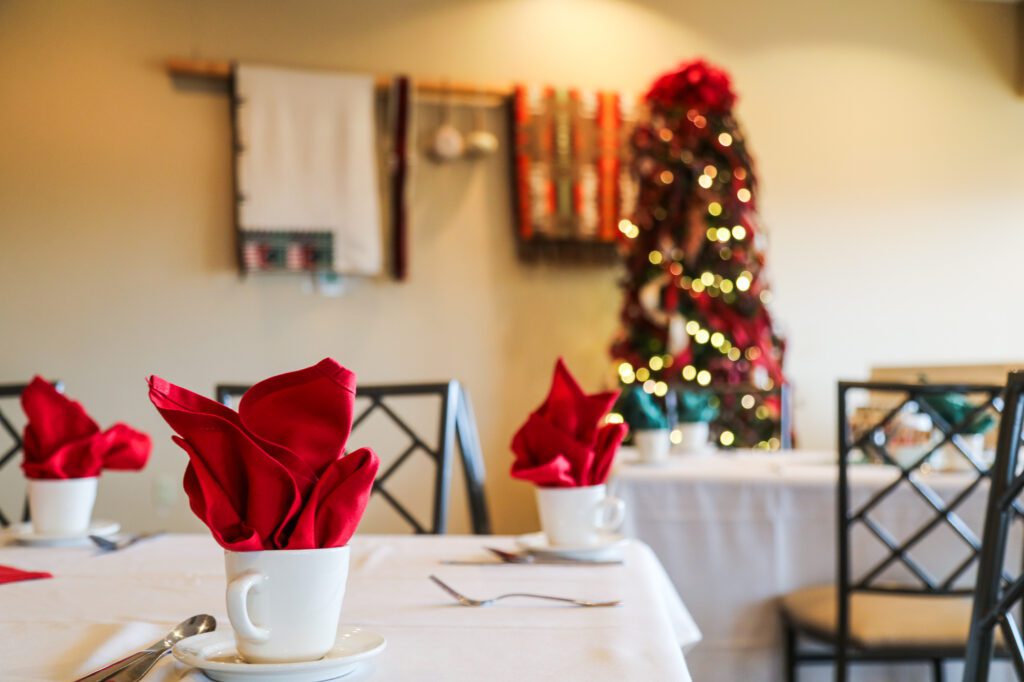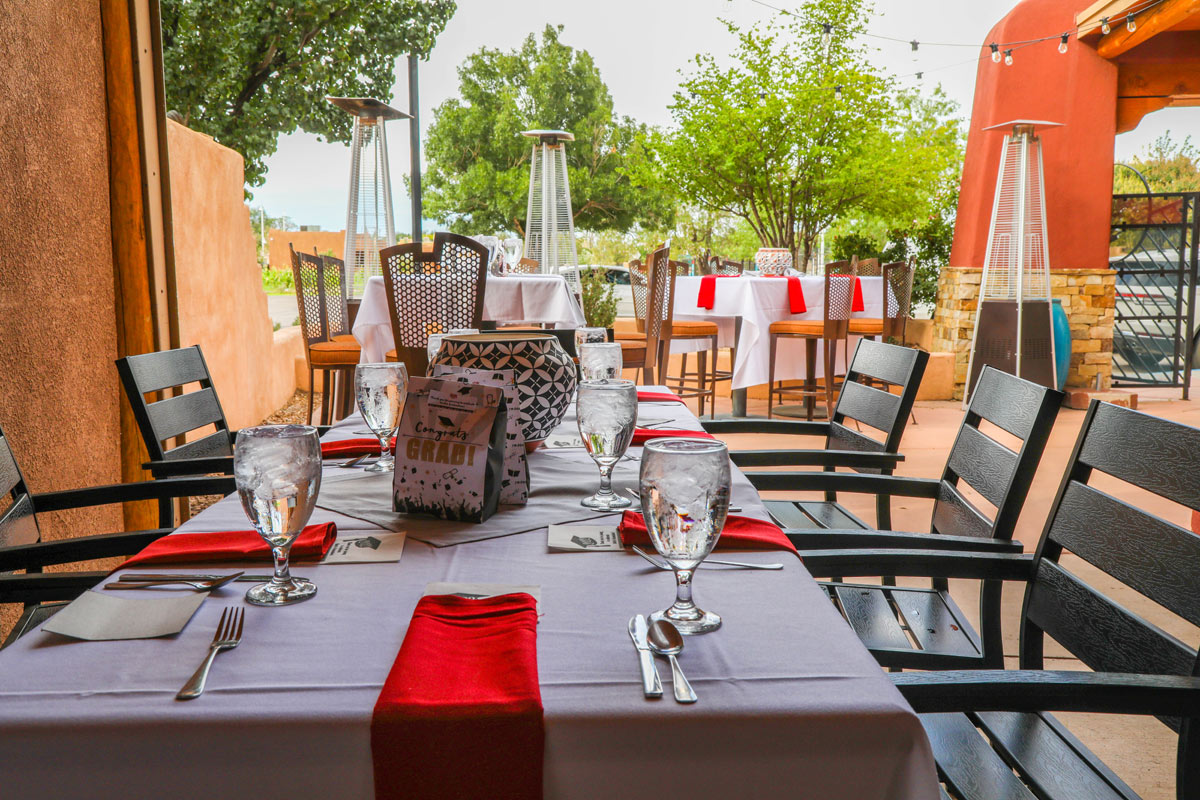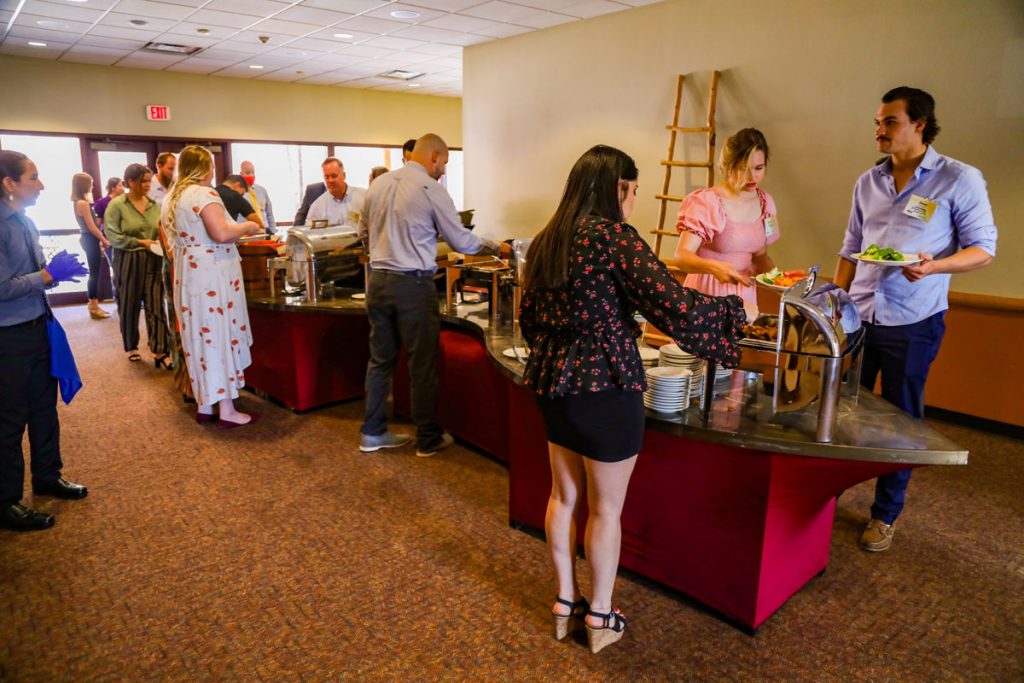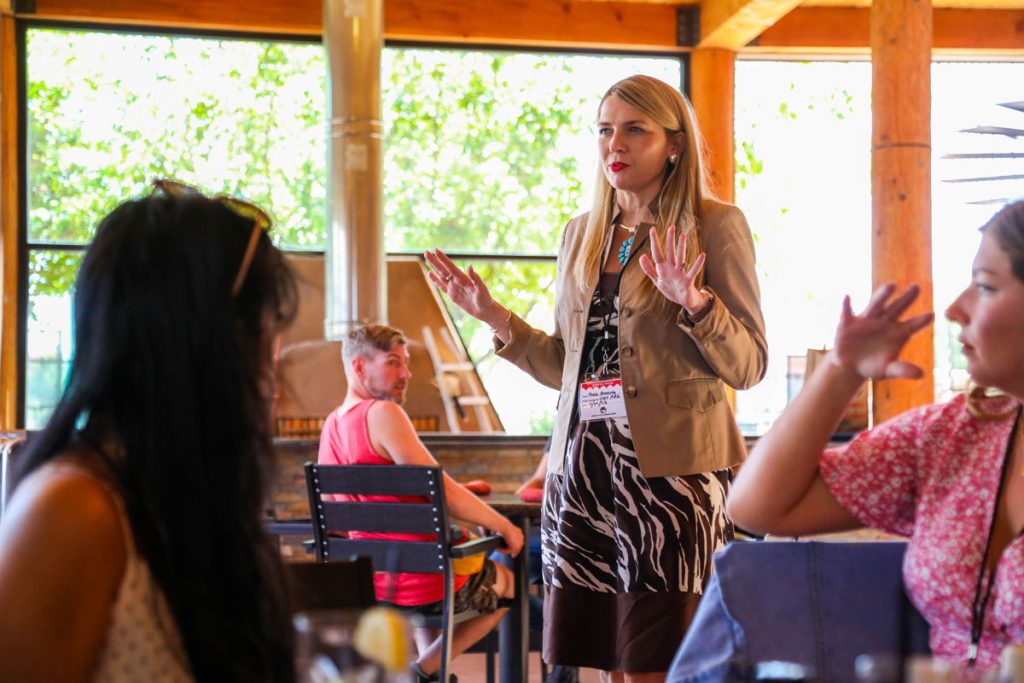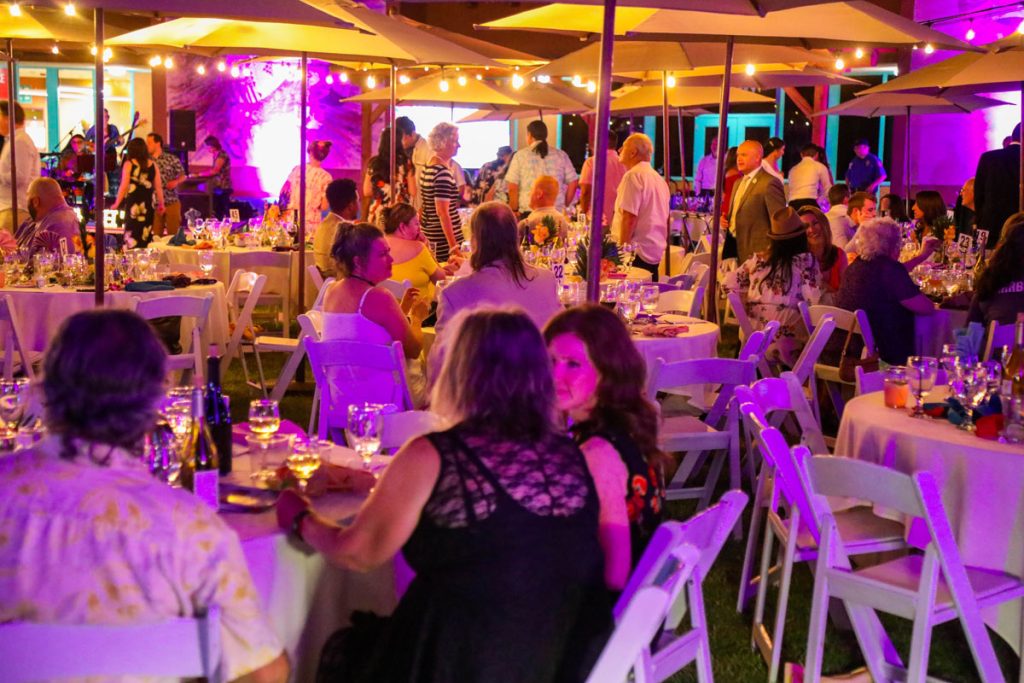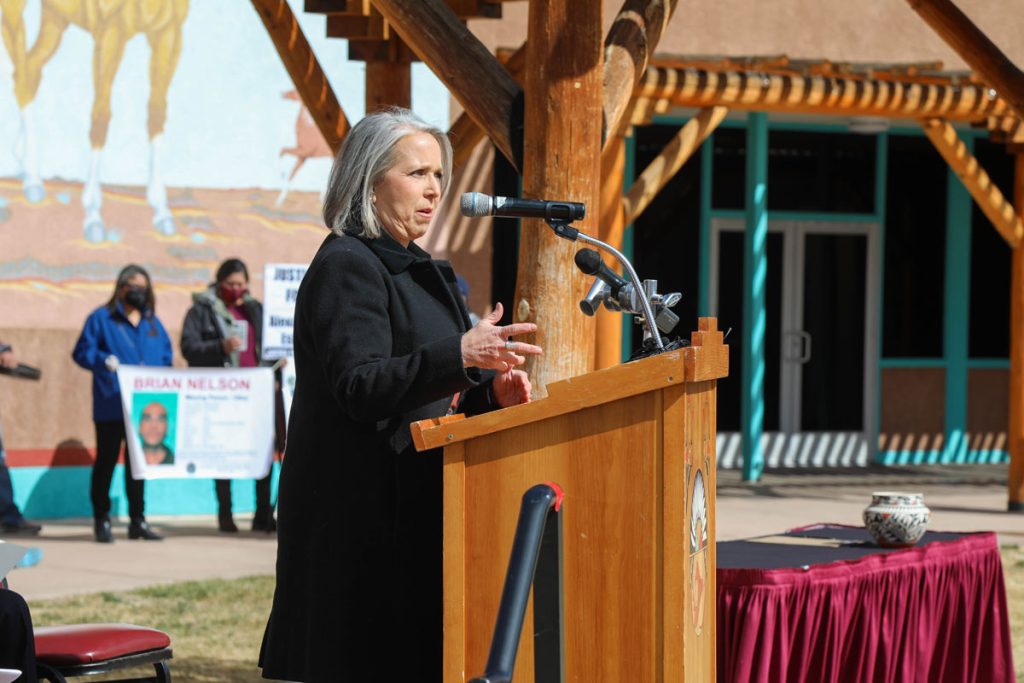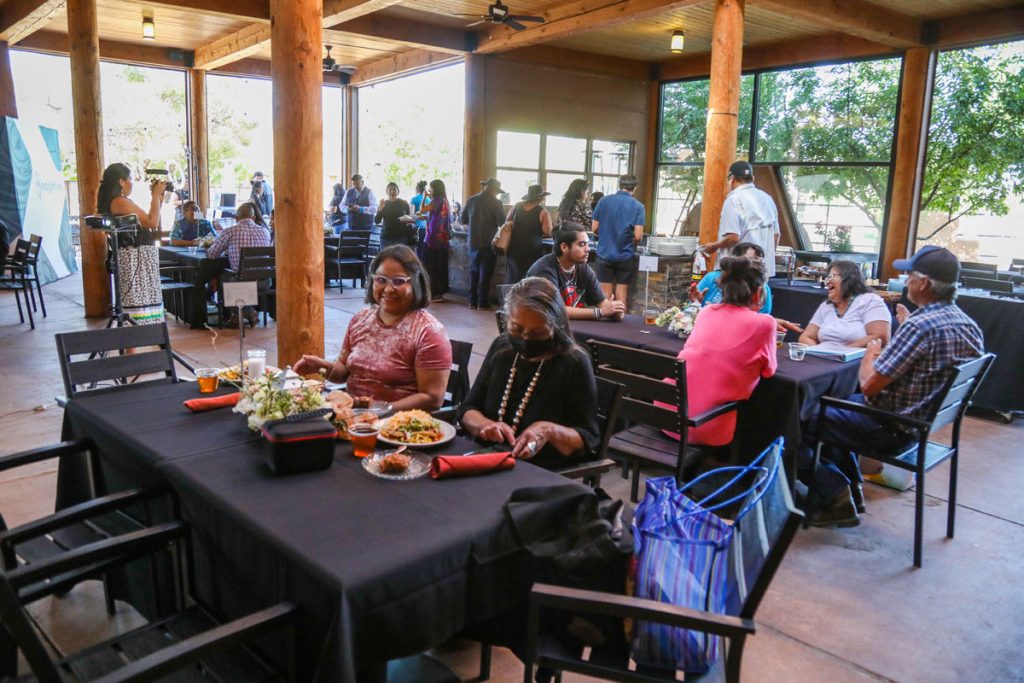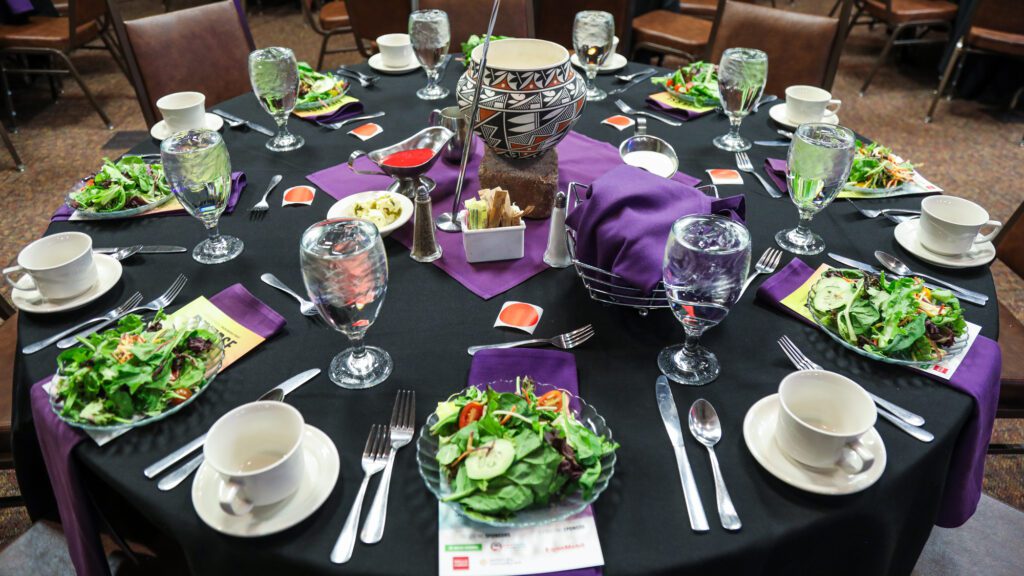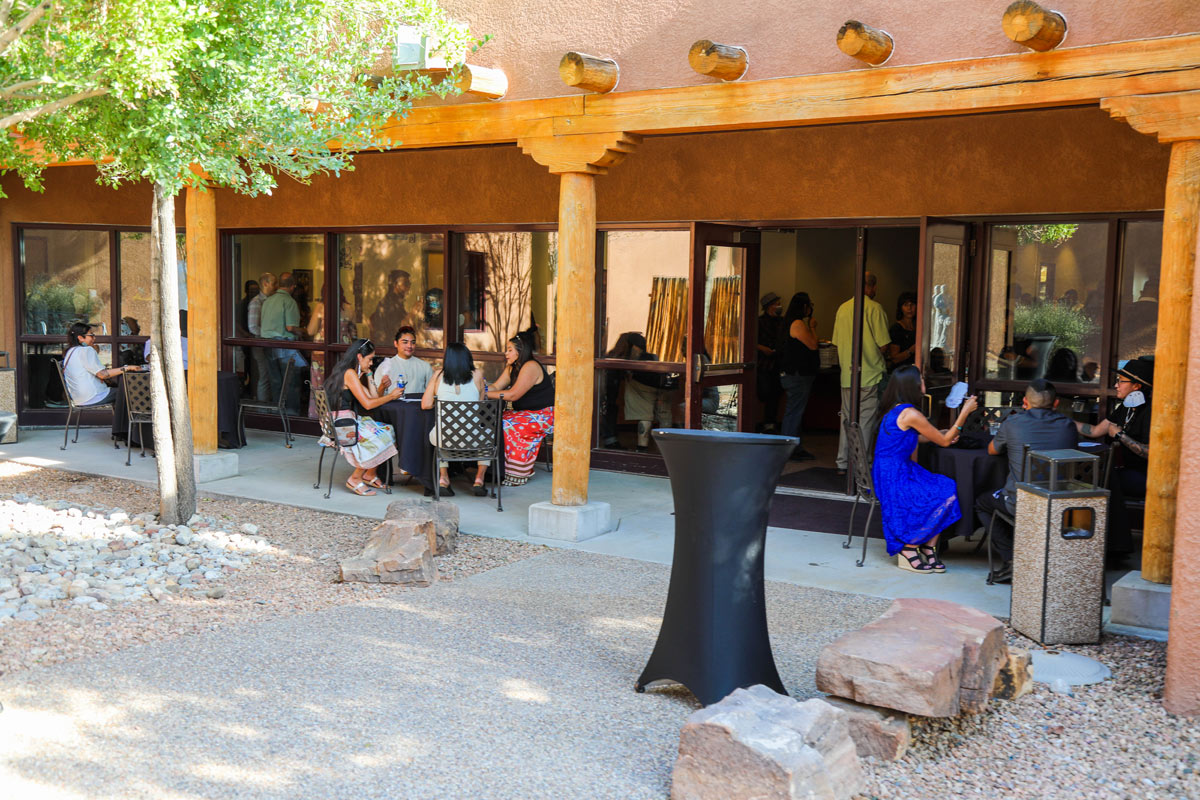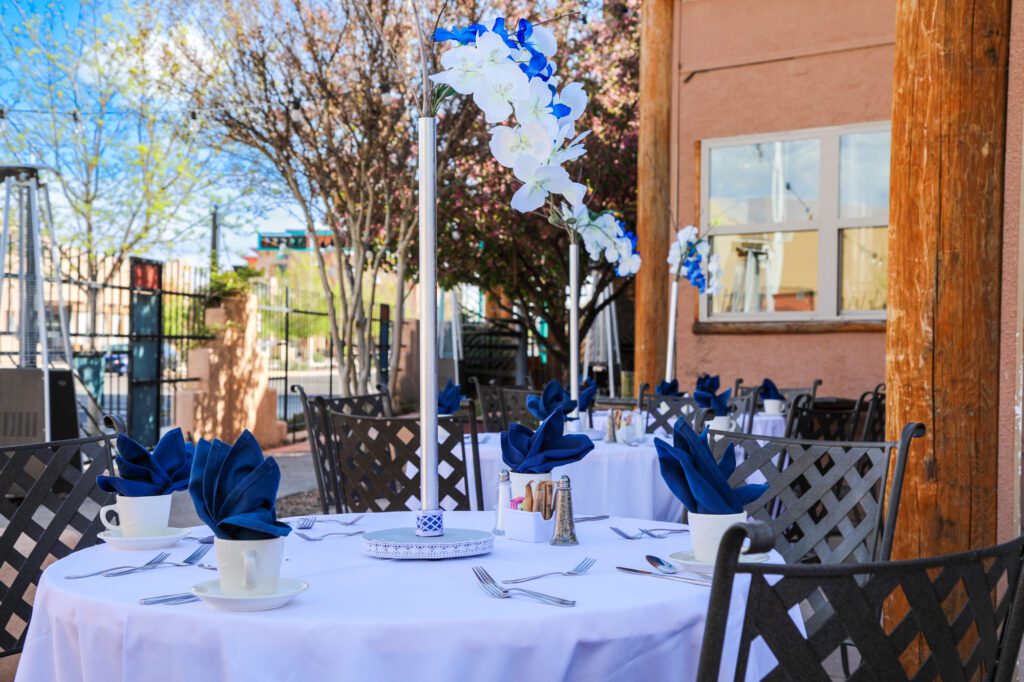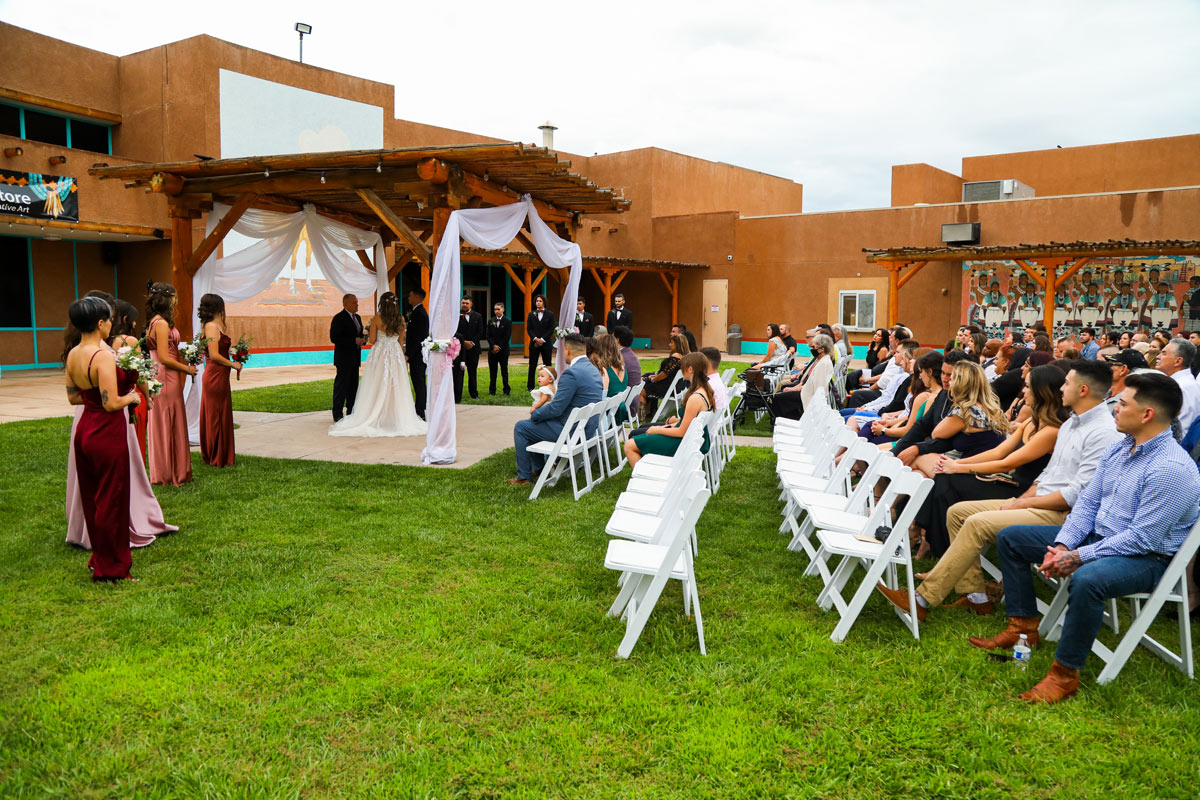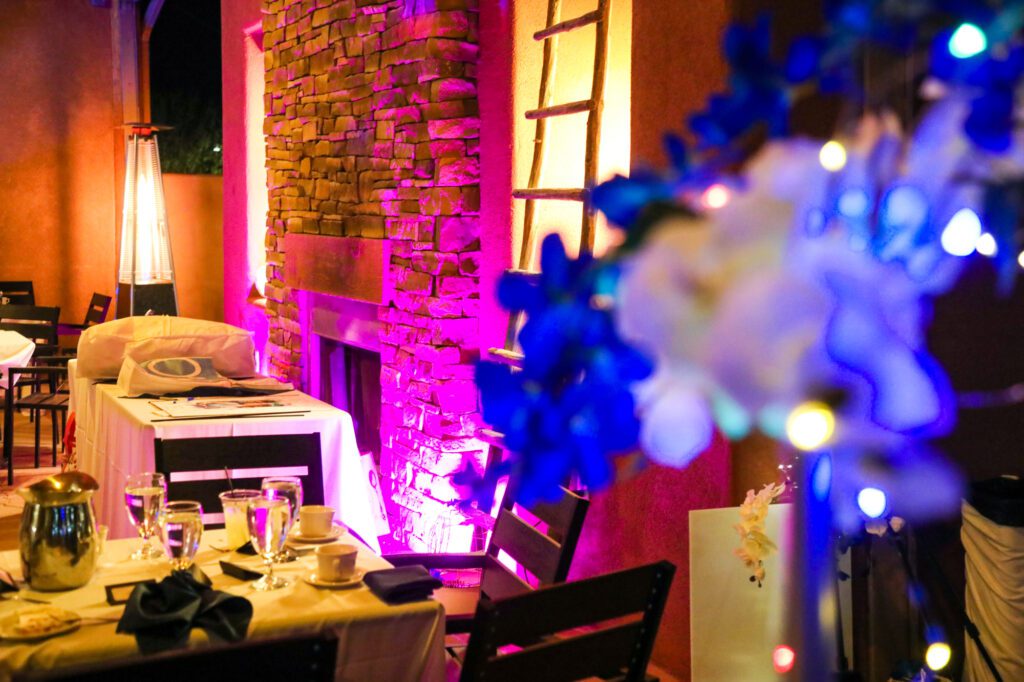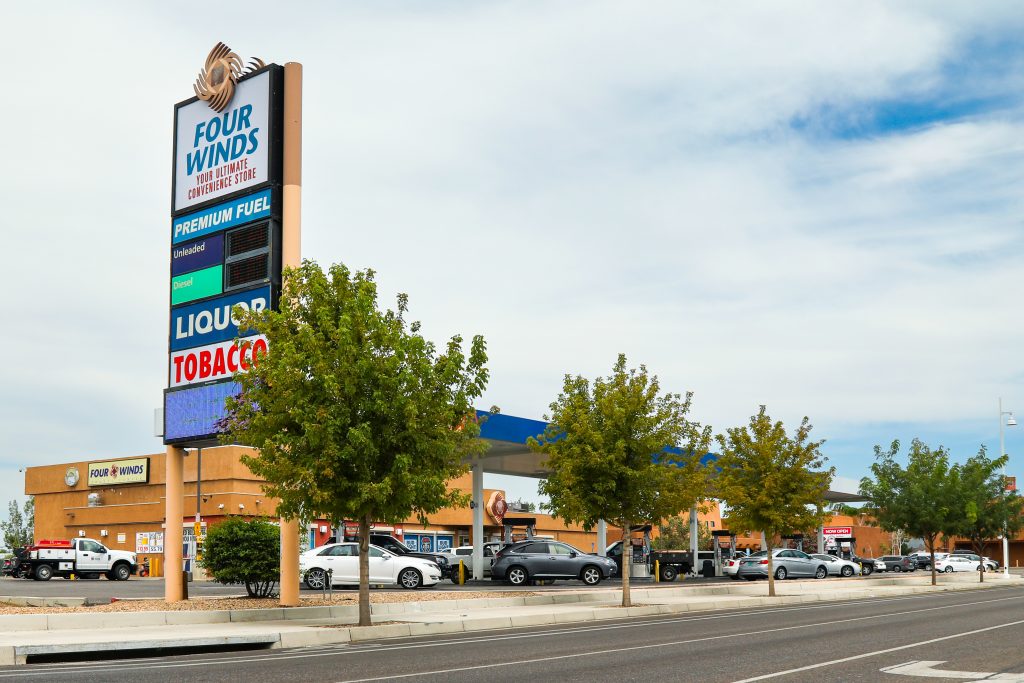Indigenous Connections & Collections
This blog aspires to educate readers about Pueblo and Indigenous* cultures, as well as connect to online resources. Each post will feature new content on various topics.
October 3, 2023
Greetings, readers! It has been a busy year, which is why I have not written or posted a blog for several months. This month, I decided to take on this subject after seeing an August morning segment of CBS Reports: Yellowstone Bison Revival. Neither the journalist nor the three hosts knew the history of the near extinction of the buffalo (American bison). Why? Because like other dark parts of American history this, too, remains suppressed.
The buffalo’s story intertwines with the history of the Kiowa, Comanche, and Cheyenne of the Southern Plains. The Lakota, Salish, Kootenai, Mandan-Hidatsa, and Blackfeet from the Northern Plains, to name but a few tribes. Due the westward expansion of American settlers, the buffalo were nearly exterminated; it was a deliberate goal of the U.S. government to do the same to Indigenous peoples across the North American continent.
The History of the American bison (Buffalo)
Buffalo are Indigenous to North America. Since time immemorial, they ranged from Canada to Mexico and from the Great Basin to the eastern Appalachian Mountains. Most of the population lived on the Great Plains of the central United States and Western Canada.
Before the immigration of Europeans to the American continent, the buffalo population was likely greater than the estimated number of 60 million. Within a little more than ten years of 1870, that number plunged to fewer than a thousand. By 1900, that number sank to the hundreds.

The lofty 19th century American belief in Manifest Destiny – the idea that the expanding United States was destined by God to expand its dominion and spread democracy and capitalism across the whole of the North American continent – forced the removal of Indigenous tribes, and other peoples of color, from their homes and homelands. (History) Settlers pushed westward building rail, stage, and telegraph lines. But Manifest Destiny did not just displace people from the land, it also displaced wildlife like the buffalo. Once the buffalo and Indian tribes were gone, the land would be free for settlers to have their own fenced off, individual plot of land on which to put a house, grow props, and raise cattle.
The U.S. government wanted the tribes of the Great Plains to farm and reside on the tracts of land set aside for them. But a static existence is not the way of the Comanche, Lakota, Blackfeet, and other tribes. They lived alongside the buffalo herds; the buffalo took care of them.
The American government realized the importance of buffalo to American Indian tribes. The “scorched earth” military strategy of destroying all that enables an enemy to fight, including deprivation of water, food, and animals, was one means of getting rid of Indians.

Hunters paid by the Union Pacific Railroad were encouraged to slaughter the buffalo. The growing international market for buffalo hides led to hundreds of thousands being killed for their hides or horns. The railroads advertised excursions of “hunting by rail” whereby passengers fired guns from the train roof or window. Though prime buffalo parts were taken aboard for food and trade profit during these trips, others were killed for sport with carcasses left behind to litter the land like superfluous garbage.
Like the Indigenous tribal peoples who originated in the Americas, so did the buffalo. The introduction of new diseases to the Indigenous inhabitants of North America diminished the population. So, too, the introduction of diseases from imported cattle also shrank the buffalo population. Along with government policies of subjugation and removal, the attempted decimation of the buffalo disrupted the traditional lifeways of Indigenous tribal people. It was an attempted suppression of tribal culture. But as the buffalo population grows and returns to its and Indigenous people’s homelands, so too are Indigenous tribal cultures revitalizing.
Gifts of the Buffalo

Buffalo are vital to Indigenous Nations for spiritual and cultural revitalization, ecological restoration, conservation, food sovereignty, economic development, health initiatives and more. (The Nature Conservancy)
The large animals provided numerous gifts by way of food, shelter, clothing, and tools. For all that they give, they are seen as relatives. We honor them though artwork, song, dance, and prayer.

InterTribal Buffalo Council

The InterTribal Bison Cooperative (ITCB) was formed in 1992 to coordinate and assist Tribes in returning the buffalo to Indian Country as a means of cultural and natural healing. (WNPA) ITBC reorganized as the InterTribal Buffalo Council in 2009. Their mission statement is “to restore Bison to Indian nations in a manner that is compatible with their spiritual and cultural beliefs and practices.”
ITBC is a community of 83 tribes in 20 states that manage over 20,000 buffalo on approximately one million acres of Tribal land. The Pueblos of Cochiti, Nambe, Picuris, Pojoaque, San Juan, Sandia, Taos, and Tesuque are members of the ITBC. (PowerPoint)
The ITBC performs a range of services: Herd Development and Surplus Bison programs; Bison and Range Management and Training, Health Initiatives like Nutrition Analysis and Outreach, Diabetic Research and Cookbooks; providing buffalo meat to member tribes; and Outreach Education.
Like Indigenous peoples, the American bison has its own “reservation,” Yellowstone National Park. The bison here are descendants of their ancestors who roamed historic North America. (Dept. of the Interior) National parks such as Yellowstone and the Grand Canyon work with the ITBC to safely relocate bison from the parks to tribal lands.
Returning bison to its ancestral grazing lands replenishes the terrain giving it much-needed ecological and geographic restoration though the movement and grazing of the herd. In turn, it also expands the genetic diversity of the herds.
The American Buffalo

The “The American Buffalo” premieres on Monday, October 16 and Tuesday, October 17. This two-part, four-hour documentary “recounts the collision and tragic consequences of two opposing views of the natural world.” #AmericanBuffaloPBS
_______________
References
CBS Reports. (2023) Yellowstone Bison Revival [Video] YouTube. https://www.youtube.com/watch?v=RWKkEjL_SXI&t=1186s
History. (2019, November 15) Manifest Destiny. https://www.history.com/topics/19th-century/manifest-destiny
The Nature Conservancy. (2021, November 12) InterTribal Buffalo Council Partnership Adds Buffalo to Native American Tribes. https://www.nature.org/en-us/newsroom/partnership-adds-buffalo-to-tribal-lands/
NCAI.org. (n.d.) InterTribal Buffalo Council. [PowerPoint] https://www.ncai.org/conferences-events/ncai-events/Land_and_Natural_Resources_Committee_-_Inter_Tribal_Buffalo_Council_Presentation.pdf
Phippen, J. W. (2016) ‘Kill Every Buffalo You Can! Every Buffalo Dead Is an Indian Gone.’ The Atlantic. Retrieved September 27, 2023, from https://www.theatlantic.com/national/archive/2016/05/the-buffalo-killers/482349/
U.S. Department of the Interior. (2022, November 3) 15 Facts About Our National Mammal: The American Bison. https://www.doi.gov/blog/15-facts-about-our-national-mammal-american-bison
Western National Parks Association. (n.d.) The InterTribal Buffalo Council Helps Tribes Welcome Bison Home. https://wnpa.org/the-intertribal-buffalo-council-helps-tribes-welcome-bison-home/
About the Author
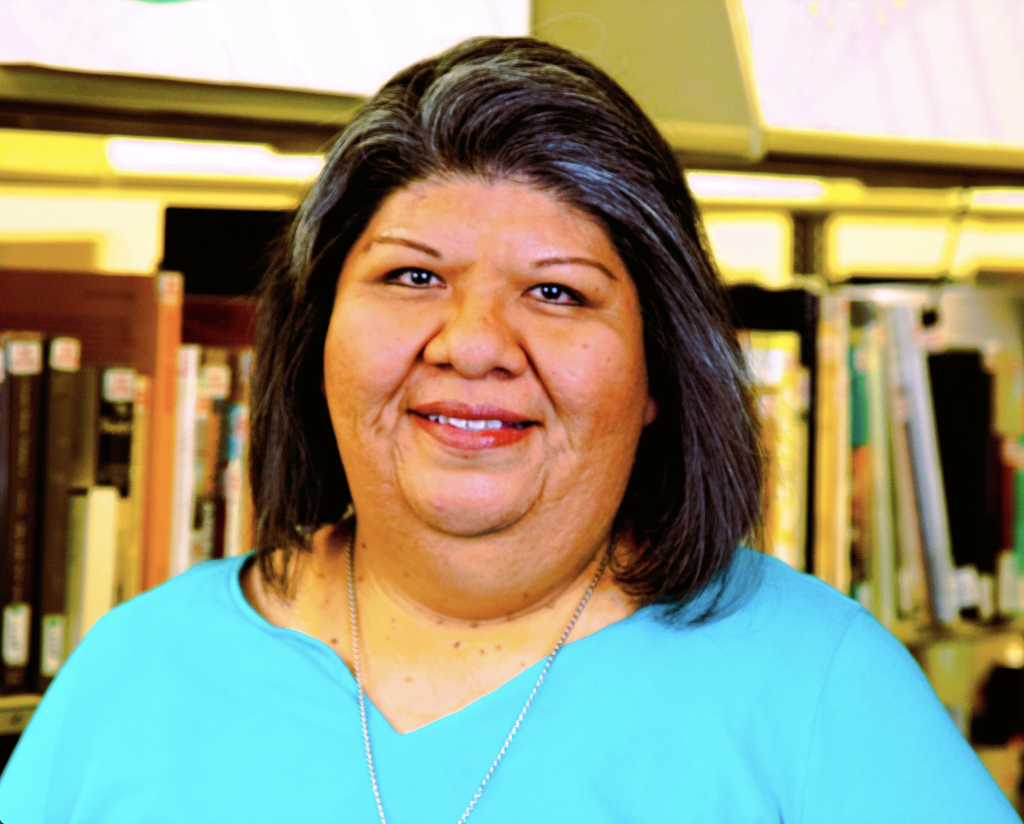
Jonna C. Paden, IPCC Archivist and Librarian, is a tribally enrolled member of Acoma Pueblo. As part of the Circle of Learning cohort, she holds a Masters in Library and Information Science from San José State University where she focused on the career pathway of Archives and Records Management.

